What is hummus?
The word ‘hummus’ literally means ‘chickpea’ in Arabic, while in the West it has become the golden passe-partout name to fancily attach to dips of all sorts, chickpeas included or not!
For the last decade, hummus has become a modern day ‘health’ food trend in the West, taking on a life of its own – and, as with all things imported, become quite convoluted in the process. It seems that anytime tahini is added to a pureed vegetable, the word hummus is its automatic classification. But the dip everyone liberally refers to as ‘hummus’ is inspired by the dish we, in the Middle East, call hummus bi tahini – and chickpeas and tahini must be present, no doubt. Well, chickpeas at least; if it’s another pulse or vegetable mixed with tahini, then we’re definitely not talking hummus. We’re likely talking about a mutabal, but that’s a whole other conversation for another time.
The Many Faces Of Hummus
Hummus as a dish is such an established staple of the Middle Eastern culinary repertoire that there are dedicated hummus and ful (fava) shops, called hamsani or fawal, which are mainly run by men (the hamsani is a hummus specialist).
Here, they serve up a variety of hummus dishes, such as the now-ubiquitous velvety-smooth ‘whipped’ paste (hummus bi tahini) version, topped or plain, or perhaps the chunky (hummus msabaha) and brothy (hummus balila) versions – or even a mix of both, and sometimes a blend of chickpeas and fava beans (hummus bi ful). All are served either hot or at room temperature, mainly for breakfast but equally popular at lunch and less so at dinner. As you might have gathered, the concept, look and taste of hummus is so very different to what we’ve been exposed to in the West.
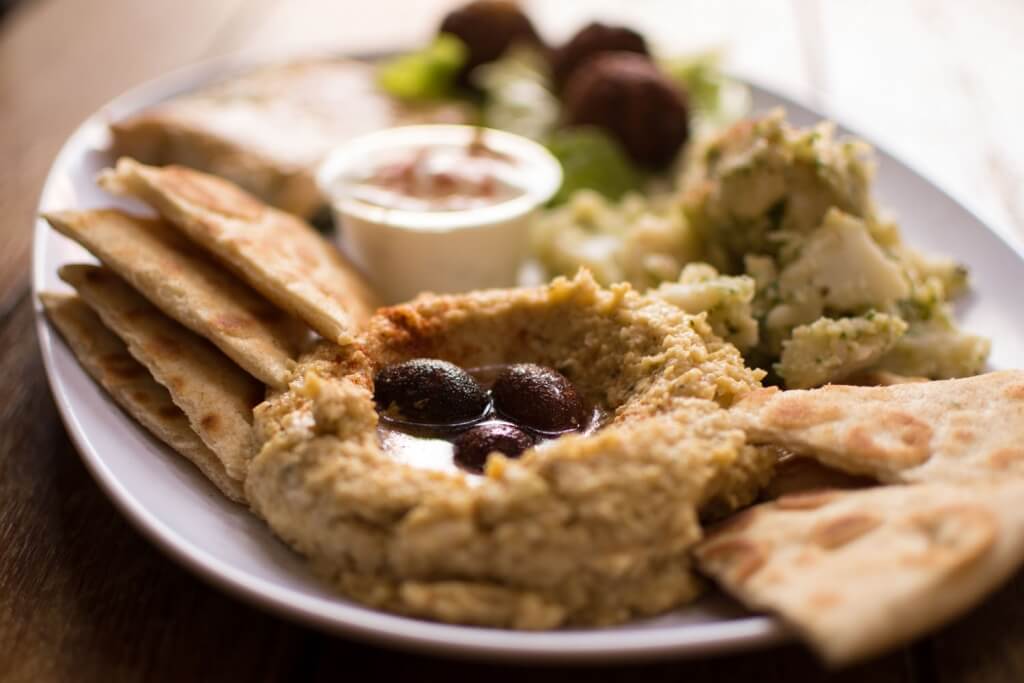
A Long Tradition
So, who then ‘owns’ hummus? Well, the debate remains and it’s an old one. However, it’s clear by its ubiquitousness throughout the Middle East that hummus is very much at home in many of the countries where the dish – as well as the pulse itself – is central to a diverse culinary tradition. In fact, one can trace chickpeas as far back as the tombs of the pharaohs. Perhaps it’s Egyptian, then? Sesame seeds were milled for their oil back then, too!
Moving somewhat closer in time, recipes for a variation of hummus b tahini, called hummus kasa, appear in a 13th-century cookbook from Cairo titled Kitâb Wasf al-Atima al-Mutada. Vinegar is used in this recipe, while a Syrian recipe (Wusla ila-l habib) from the same era called for mashing the chickpeas with lemon. To my knowledge, tahini – though itself an ancient ingredient – was not documented in a hummus recipe until much later, in an 18th-century Damascene recipe. So, while it appears to be fairly recent, I’m of the belief that hummus b tahini must have a longer, more deeply rooted history that is simply unwritten.
So, armed with all this knowledge, how does one go about making the real hummus b tahini? It’s quite easy. In fact, our modern-day staple hummus bi tahini consists of just three hallmark ingredients: hummus (or chickpeas), tahini and lemon juice! You can then add garlic and other spices, though these are not always favoured in the whipped paste – we’ll get to why a little later on (hint, it’s to be topped). However, one can never go wrong with a pinch of allspice.
Here’s how to get the perfect whipped hummus…
The Chickpeas
Whatever you do, don’t go for tinned chickpeas. Try and find the varieties that are at least preserved in jars – ideally the garbanzo variety, which results in a creamier consistency – and then cook them a little longer till they’re softer. When working with dry chickpeas, again choose a garbanzo variety vs the harder, smaller chickpeas. These can purchased online. Finally, you’ll need to shock and peel them (as advised in the recipe) if you’re not using peeled versions.
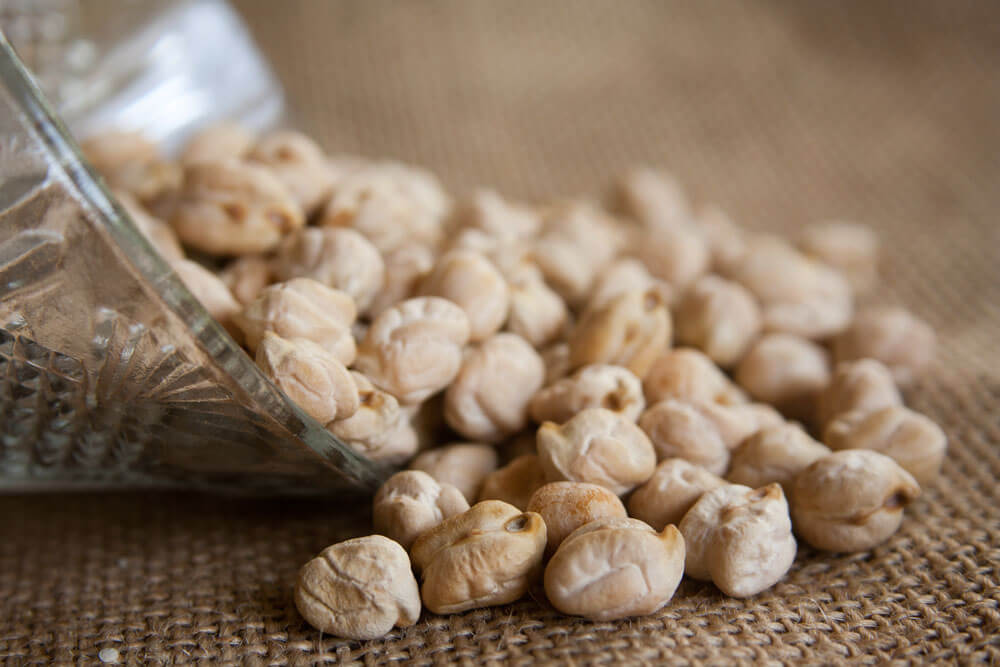
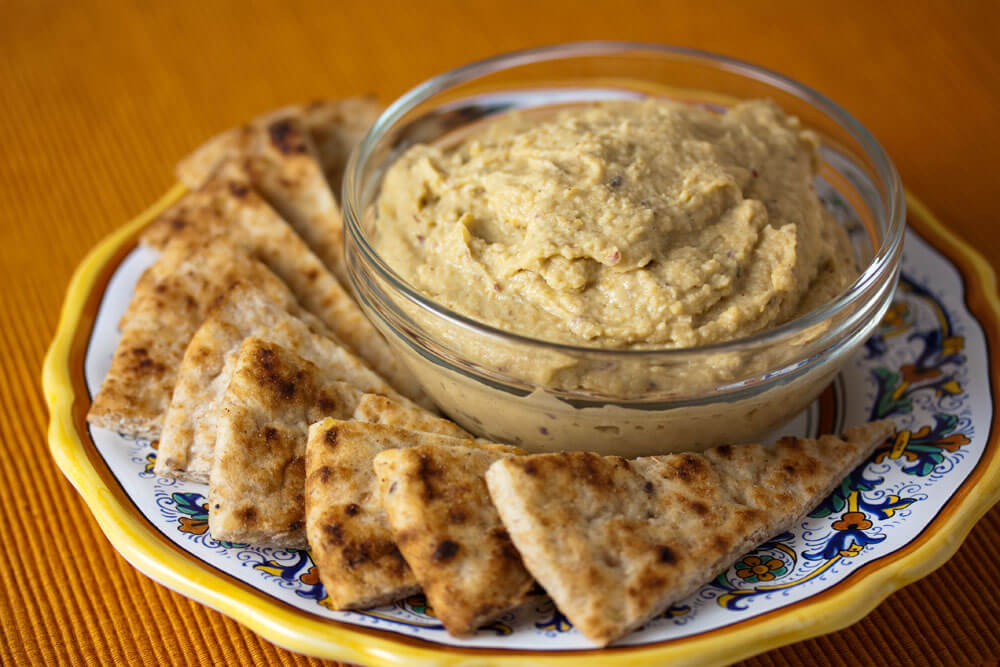
The Tahini (aka The ONLY Fat)
Traditionally – and among purists – the only fat used in whipped hummus is tahini. No other fat, such as vegetable oil (and especially no olive oil, which adds a bitter taste to the paste) is used. However, there is a trend among restaurants to use neutral vegetable oil; it’s cheaper and also lighter than tahini, lending a much airier texture to the dish. But note that while the result may be more ‘fluffy’, the taste will be washed out.
The Spices
Spices, namely allspice, are used sparingly in the paste. Garlic is not favoured, but if you opt to use it, go easy. Once you’ve prepared your hummus, you’ll create a crater, or ‘well’, into which you can put other spices, or even vegetables and spiced meats (see recipe link at the end) – this is the stage in which the flavours are given full rein to come together and contrast against the creamy puree.
The Method
Aside from peeling the chickpeas, the other trick is to use ice cubes when you’re pureeing the chickpeas to help break them down. Always, always puree the chickpeas first (with ice cubes) before adding tahini. And always use lemon juice rather than water to dilute it, as it could get too runny – meaning you can’t adjust the taste by adding lemon juice anymore!
Bethany Kehdy’s Perfect Whipped Hummus
Ingredients:
2 tbsp tahini
2 tbsp lemon juice, plus extra if needed
100g/31⁄2oz/1⁄2 cup dried chickpeas, soaked overnight and cooked, or 200g/7oz/1 cup chickpeas from a jar or tin, cooked a bit to soften them
1 garlic clove, finely chopped
3 small ice cubes
A pinch of ground allspice
Sea salt
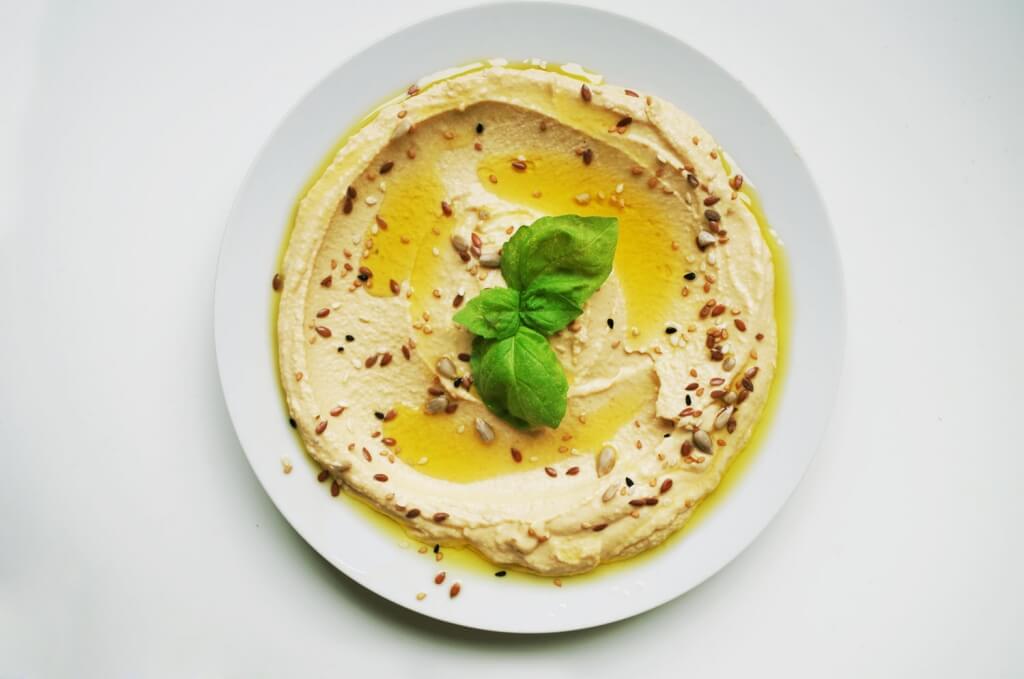
Method:
1. Put the tahini, lemon juice and 1 tablespoon water in a bowl and mix until well incorporated.
2. Drain the chickpeas, then immediately loosen their skins by rinsing them under cold running water several times. Cover the chickpeas with water and swish them with your hands several times to loosen any more skins. Discard any of the loose skins. Drain the chickpeas again.
3. Immediately transfer the drained chickpeas and the garlic to a food processor and pulse for about 30 seconds. Add an ice cube to the chickpea mixture and pulse again until it’s incorporated, then repeat with the remaining two ice cubes until a smooth paste is formed.
4. Pour in the tahini and lemon mixture and pulse again until it forms a smooth, well-blended purée. Add the allspice and season to taste with salt, then pulse once more for about 1 minute until all is well incorporated. If the hummus is too thick, add a little more lemon juice and/or water (being careful not to dilute the zesty flavours). Transfer the hummus to a serving bowl, cover and set aside and serve with warm Arabic Bread.
Now that you’ve prepared the perfect whipped hummus, make it a meal. Try Bethany’s recipe for Whipped Hummus With Lamb.
About Bethany Kehdy
Bethany Kehdy is a Lebanese-American food writer and author of the award-winning cookbook The Jewelled Kitchen, featured in The New York Times as one of the most notable cookbooks of 2013. Hailed by Yotam Ottolenghi as a “new champion of Middle Eastern food”, Kehdy has been highlighted by Monocle Magazine as one of four Mediterranean ambassadors for her work promoting Lebanese food tourism via her boutique food tour company Taste Lebanon, as well as through her consultancy work with the Ministry of Tourism. Visit her blog at dirtykitchensecrets.com.

Recipe originally published in Bethany Kehdy’s cookbook, The Jewelled Kitchen
[Photo at top: Jules/Flickr; 3rd Photo: veganbaking.net/Flickr]

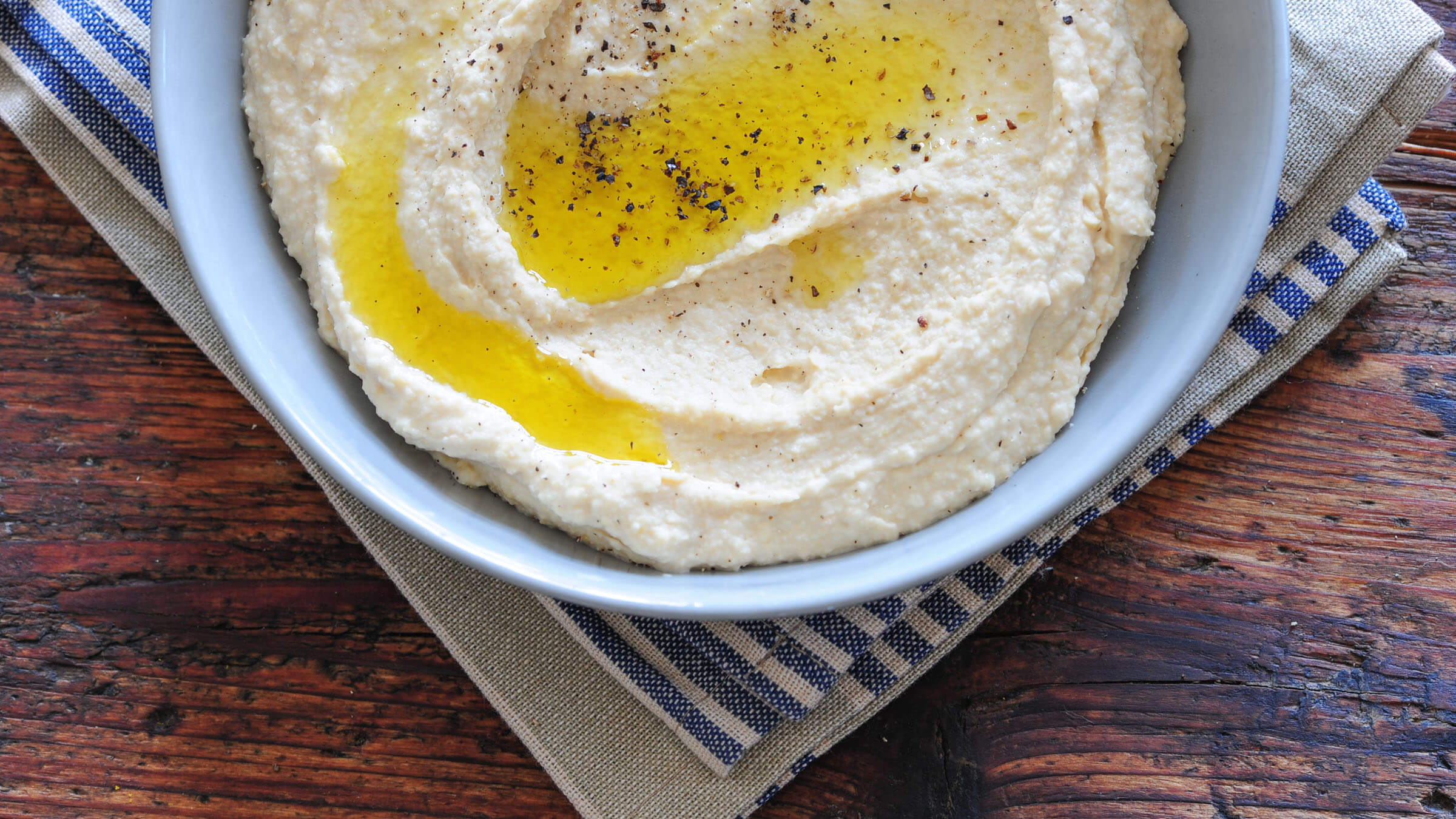












Sorry, the comment form is closed at this time.